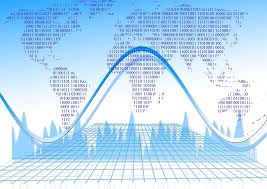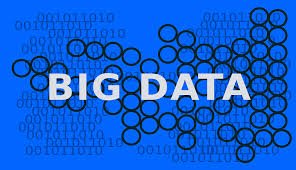In the last few years, big data has become central to the tech landscape. You can consider big data as a collection of massive and complex datasets that are difficult to store and process utilizing traditional database management tools and traditional data processing applications. The key challenges include capturing, storing, managing, analyzing, and visualization of that data. When it comes to the structure of big data, you can consider it a collection of data values, the relationships between them together with the operations or functions which can be applied to that data.
These days, lots of resources (social media platforms being the number one) have become available to companies from where they can capture massive amounts of data. Now, this captured data is used by enterprises to develop a better understanding and closer relationships with their target customers. It’s important to understand that every new customer action essentially creates a more complete picture of the customer, helping organizations achieve a more detailed understanding of their ideal customers. Therefore, it can be easily imagined why companies across the globe are striving to leverage big data. Put simply, big data comes with the potential that can redefine a business, and organizations, which succeed in analyzing big data effectively, stand a huge chance to become global leaders in the business domain.
Structures of big data

The Structure of Big Data
Big data structures can be divided into three categories – structured, unstructured, and semi-structured. Let’s have a look at them in detail.
Structured data
It’s the data which follows a pre-defined format and thus, is straightforward to analyze. It conforms to a tabular format together with relationships between different rows and columns. You can think of SQL databases as a common example. Structured data relies on how data could be stored, processed, as well as, accessed. It’s considered the most “traditional” type of data storage.
Unstructured data

Unstructured Data
This type of big data comes with unknown form and cannot be stored in traditional ways and cannot be analyzed unless it’s transformed into a structured format. You can think of multimedia content like audios, videos, images as examples of unstructured data. It’s important to understand that these days, unstructured data is growing faster than other types of big data.
Semi-structured data

It’s a type of big data that doesn’t conform with a formal structure of data models. But it comes with some kinds of organizational tags or other markers that help to separate semantic elements, as well as, enforce hierarchies of fields and records within that data. You can think of JSON documents or XML files as this type of big data. The reason behind the existence of this category is semi-structured data is significantly easier to analyze than unstructured data. A significant number of big data solutions and tools come with the ability of reading and processing XML files or JASON documents, reducing the complexity of the analyzing process.
Conclusion

While data analytics aren’t new, the emergence of big data has dramatically changed the nature of work. It’s important for businesses looking to make most out of the big data to try to adopt advanced tools and technologies to keep up with the pace at which the data is growing.










